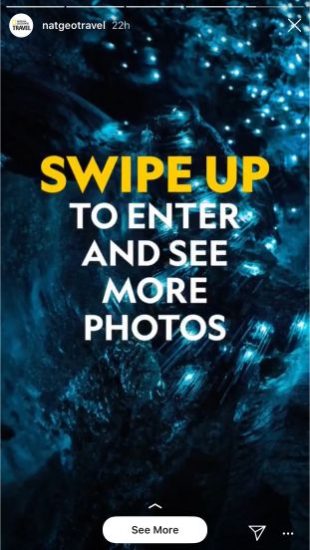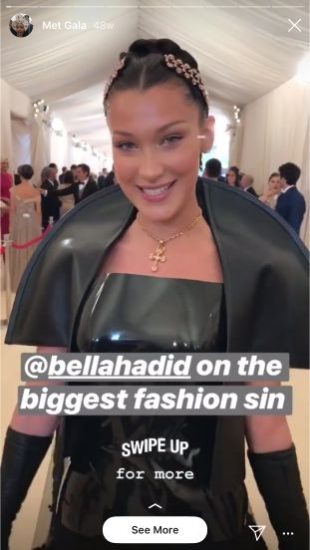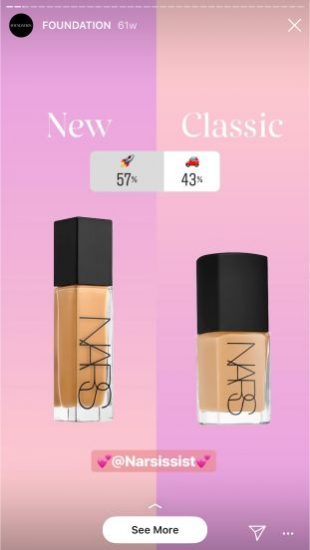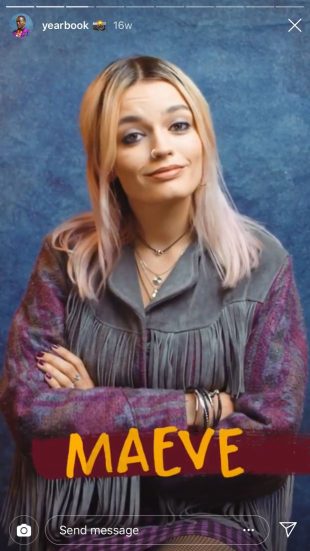Why should you storyboard your Instagram stories?
Since its launch, Instagram Stories has been a place where casual content thrives. However, with an audience that is swelled from 100 million to 500 million users each day in less than three years, a bit primp and polish might be in order.
That’s especially true for brands since one in every three of the most viewed stories come from companies. As the name implies, Instagram Stories are a place for storytelling. And the brands which have mastered the ephemeral, 15-second clip format know that good storytelling begins with a storyboard.
Storyboarding makes sure you deliver your message in the best way possible—even when you are taking pictures on-the-go. With a storyboard, you will not forget to include all of your Story’s key details, from hashtags to logos and geotags.
When should you storyboard your Instagram Stories?
A storyboard is a frame-by-frame outline for your social narrative. A typical storyboard will include a sequence of squares—or in this case vertical rectangles—that depict the content for each post.
Another method to consider a storyboard is as a story strategy. For that cause, it’s great practice to always have at least a rough sketch for every post. There are lots of free tools, like Canva, that could help with storyboarding. However really, all you need is a pen and paper or a Google sheet.
There are some occasions that call for an Instagram storyboard more than others. These embody:
Q&As
Instagram Stories provide an ideal format for a question and answer, whether that is a traditional interview or ask-me-anything utilizing the questions sticker. A storyboard will assist you to decide the best way to parse questions and solutions across a series of 15-second clips.
Contest announcements
When you are announcing a contest on Instagram, a storyboard will assist to ensure entry requirements, terms and prizes are clearly communicated.

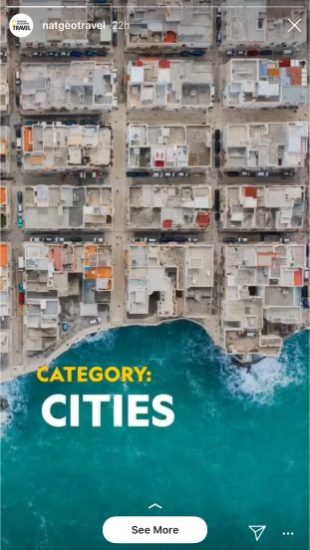


Multi-part narratives
According to Instagram, two or more scenes are greater than one. Even a single 15-second video post could contain multiple frames. And the more frames you plan to have, the more helpful a storyboard will be.
Event coverage
Without a game plan for event coverage, viewer interest could wane. Go into events with a strategy in mind, and apply that mindset to a flexible storyboard for your event-specific stories.
Your plan might be as simple as planning to ask different attendees a query, as Vogue did in its coverage of the Met Gala.
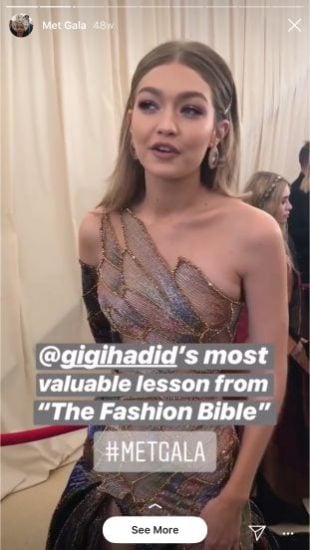
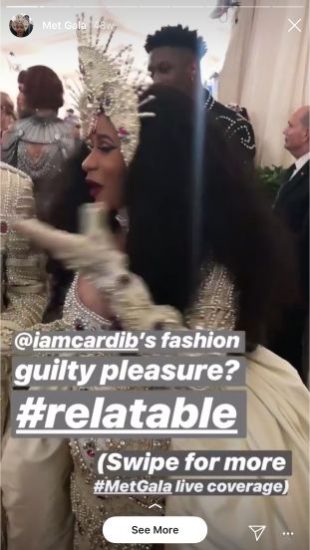
Influencer takeovers
A storyboard could be a nice collaboration tool when working with Instagram influencers. You might ask the influencer to offer an outline of the Stories content they’ll provide, or you might share a storyboard as a loose template for the content you are expecting.
How to storyboard your Instagram Stories
Here are storyboard Instagram stories, in 5 steps.
Step 1. Begin with a concept
Before putting pen to paper, determine on a concept or format for your Instagram Story. Ideally, your concept needs to be closely tied to at least one of your social marketing objectives.
For instance, Sephora’s Foundation Poll likely accomplished two social targets: obtaining feedback from Sephora’s customers, and promoting the sales of its foundation products.

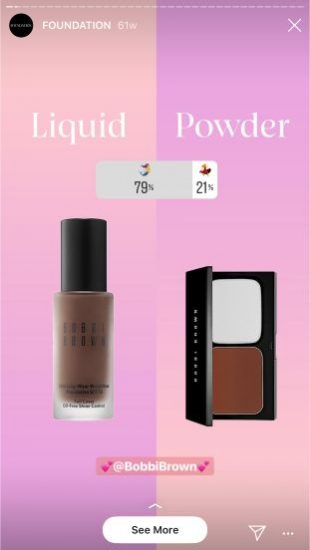
Get inspired by these brands which have mastered the art of Instagram Story storytelling.
Step 2. Pick your theme and style
Stories need to have a cohesive look and tone. Determine what templates, fonts, and colors you plan to use so that you could apply them to your storyboard.
After sketching things out you might come back to this step and make some changes, however, it is good to at least begin with a general theme.
This instance from Bon Appetit shows that the group had a consistent template and color palette in mind for its Highly Recommend series. Templates could make it simpler for viewers to follow stories and understand engage. For Bon Appetit, it’s easy and consistent: Swipe up.
Step 3. Storyboard your scenes
Now that you have your concept and theme, it’s time to use them to a storyboard. Here’s where you will fill in your squares (or rectangles) one frame at a time.
Each frame needs to roughly illustrate the scene, whether it is a graphic, picture, poll, boomerang, or video. Be sure that to label each frame in successive order (e.g., Scene 1, Scene 2) to keep away from confusion down the line.
Other details you might want to embody under the frame are:
- Brief description: What’s occurring in this frame?
- Media: Is this a boomerang, picture, or illustration, and so on.?
- Copy: The text that shall be included. This can be a poll question, caption, or call-to-action.
Keep in mind, the Instagram Stories channel is not the place for epic narratives. Completion rates are highest for 10 frames or less.
Step 4. Add the extras
Storyboarding safeguards you from overlooking necessary social details. When you plan to include logos, hashtags, geotags, or stickers in your Story, make sure you include them in your storyboard.
That is particularly necessary when you are working with a large team and someone else will be responsible for making or publishing the content. A great storyboard leaves little room for confusion or misinterpretation.
Step 5. Conclude with a branded call-to-action
Plan to leave viewers with a concluding call-to-action, whether that swipes up, go to our profile, or purchase now. In fact, Instagram recommends that companies bookend their stories with their product or brand message for extra reinforcement.
The Instagram Story for Sex Education’s premiere teaser does this well, opening and closing the story with the show title and logo.


Pro tip: Be sure that to archive all your Stories so you could refer to them later.


